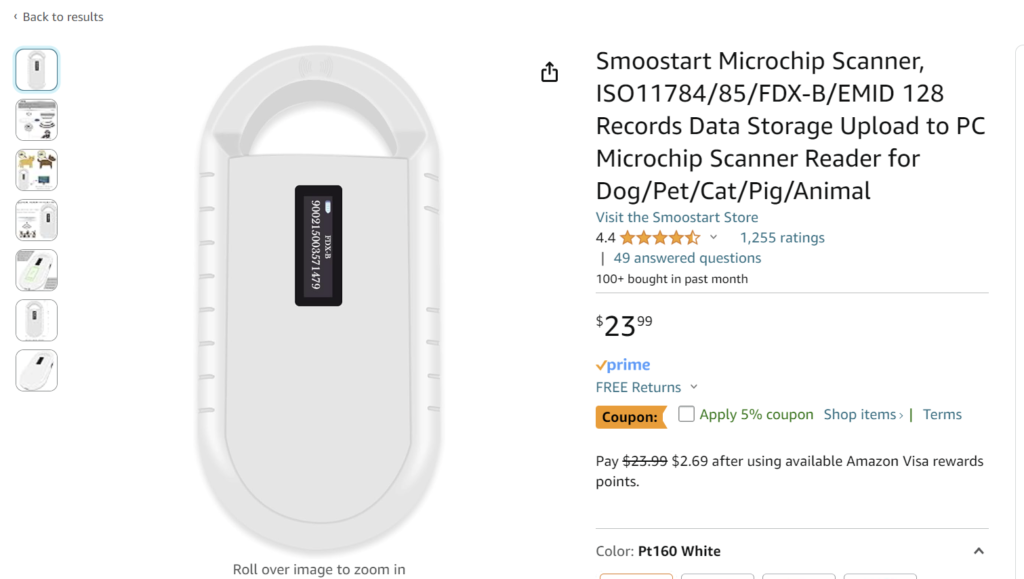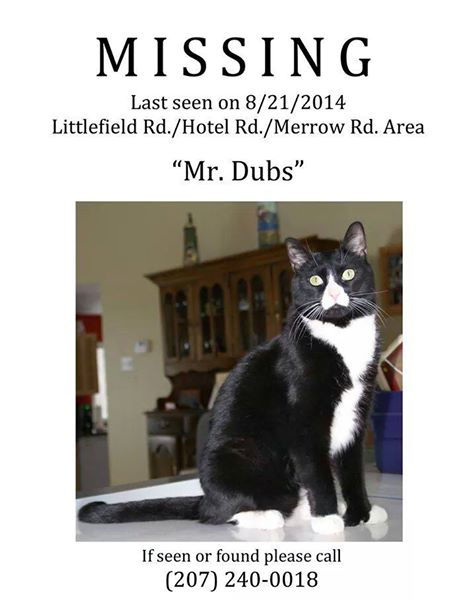
Losing a cat is an emergency. If not found, your kitty could end up in a shelter, be kept by a finder, or be absorbed into a stray population. When you discover that your cat is missing, the key steps to take are:
- Conduct a physical search
- Update microchip information
- Search local shelters
- Post on local social media
- Put up lost cat posters
Quick action will greatly increase your chances of success in finding your lost cat. Don’t delay or assume he’ll “find his way home.” Follow these five steps for the best chance of a quick reunion.
1) Conduct a physical search
Begin in the place where the cat was last seen. If your cat is indoors-only, chances are he is still in the house, just hidden or stuck somewhere. A cat’s personality will affect how he behaves when lost and how best to find him. If he is outgoing and rarely hides, he might be ill or injured, or stuck in a closet or the garage. If he is shy, he might be under the bed or in another hiding place, perhaps because of a recent event like visitors to the home or loud noises.

Leave no stone unturned in and around the house, garage, and outbuildings. Cats are curious and can get themselves into some crazy places. Check every closet, box, trunk, and in vehicles and campers. Note: calling for a lost cat, as you might do for a dog, is not effective. A frightened cat may run and hide from a loud shouting voice, even yours.
If you don’t find your kitty near home, extend your search around the neighborhood. Most cats don’t go far, especially indoor cats, so a two-block radius is a good place to start. Ask neighbors for permission to search on and around their property. Give them your contact info and ask them to give you a call if they see any sign of your missing cat.
2) Update microchip information
Is your cat microchipped? If not, make an appointment to do so today! If so, make sure the chip is registered and your contact info is up to date. As many as 50% of microchips in found cats in shelters are unregistered or incorrectly registered (to a previous owner, a disconnected phone number, etc.).

If the registry you use has a live hotline, call in and report your cat missing. The operator will direct you on what to do next. If they do not have a hotline, you will log into your account and report your cat missing on a web form. Some registries offer search alerts which are sent out to veterinarians and shelters in your area. Some registries have apps that will ping you when your pet is reported found or seen. The services you receive at the time your pet goes missing all depend on which registry you use and your membership level (free or paid).
3) Search local shelters
While the majority of lost cats are found near home, some do end up in shelters, so it is important to not miss this step in your search. Stray hold periods may be as short as 72 hours after which time your cat could be adopted by another family, sent to a rescue group, or even euthanized.
The shelter system can be confusing to say the least. The best place to start is by calling your local police, sheriff, or whoever handles law enforcement for your area. Ask them who handles animal control and where you might begin your search if your cat were taken to a shelter. Next, search online for “animal shelter near me” and “animal control [your city or county].” This may not lead you to the exact place you need to search, but a conversation with the staff should point you in the right direction.
Once you determine the shelter or shelters to search, you must go there in person. Do not rely on phone calls or online lost reports. When you go, check in at the front desk. Don’t just walk around looking at the cats. In most shelters recently found pets are housed in back rooms not open to the public. They might also be housed in a foster home or at the veterinarian if they were found ill or injured.
Do bring photos and fill out a lost report, but don’t rely on shelter staff to call you if your cat comes in. Find out what the holding period is and try to visit the shelter at least every other day or every third day. Many shelters upload information to 24 Pet Connect, so you can check these listings from home.

4) Post on local social media
Social media posts can be instrumental in recovering a lost pet so long as they are LOCAL. Facebook, Instagram, and the like are global sites displaying content to users all over the world. This is not helpful for finding a cat lost in your neighborhood.
There are local Facebook groups in many parts of the country. Some represent a city or county while others represent a more specific neighborhood. In these groups users will typically post items for sale, services available like gardening and pet sitting, and comments about new restaurants and other businesses in town. Posting photos and the last known location of your lost cat can be helpful in one of these groups. Maybe someone has already seen him and will get in touch with you. If not, the folks who see the post may keep an eye out and comment or call you with any sightings.

Nextdoor is a powerful social media tool for lost pet recovery. Its hyper-local format makes it especially effective in this area. Very often when someone posts a lost cat, within hours someone else comments that the cat has been hanging around their house! When posting on Nextdoor or any other social media, be sure to include a phone number where folks can reach you at any time. An immediate response to a sighting can help you get your kitty back home quickly.
5) Put up lost cat posters
If your initial searches yield no results, it’s time to post around the neighborhood. Choose locations that are highly visible like the parking lot of your local grocery store, the stop sign in and out of your neighborhood, or other places with a lot of foot traffic or car traffic that is not fast moving. Posting on a busy road might make your sign visible to many people, but chances are they won’t be able to read it at 35mph. Better to post near a stop sign or place where traffic slows down.
Understand the difference between posters and flyers and the proper use of each one. Posters are large and brightly colored with simple block letters. LOST GREY TABBY CAT – 32ND X BROADWAY – (415) 555-2345 is about as much info as you want on a poster. You want to grab the attention of passers-by but not confuse them with too much information. Here’s a good example from Maine Lost Cat Recovery.

Blown up to a really large size and adhered to a highlighter colored poster board, this notice will get a lot of attention. You could even remove the text “If seen or found please call” because that’s obvious and make the phone number larger.
Posters will generate leads for you to follow up on. If the leads are good, you may want to follow up by using other tools like a security camera and a humane trap.


Be the first to comment